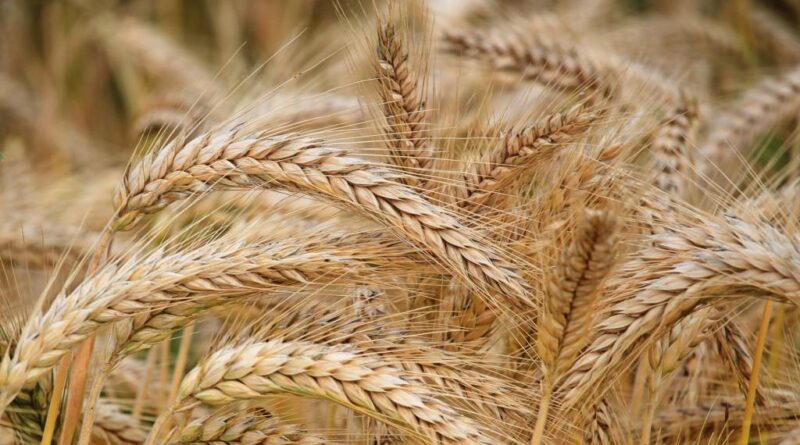India’s Wheat Dilemma: Acreage Declines, Prices Soar, and Edible Oil Imports Hit Record Highs
Amid a 5.5% decline in wheat acreage due to a delayed rice harvest, India grapples with soaring wheat prices, prompting hopes for an increase in cultivation. Meanwhile, stable rapeseed sowing offers relief to the world’s largest cooking oil importer, aiming to curb the rising costs of palm, sunflower, and other edible oil imports, which surged by 24% and 54% to record highs in 2023.
Highlights
Wheat Acreage Decline: Wheat acreage in India has decreased by 5.5%, with farmers planting on 8.6 million hectares since the beginning of the current sowing season on October 1. This decline is attributed to a delayed rice harvest.
Government Expectations: The Ministry of Agriculture & Farmers’ Welfare anticipates an increase in wheat acreage in the coming weeks. The provisional figures are subject to updates based on information from state governments and weather conditions.
Impact of Delayed Rice Harvest: The lower wheat planting is linked to the delayed rice harvest, affecting the usual sowing schedule. However, sources suggest that higher prices may motivate farmers to expand wheat cultivation this year.
Geographical Focus: Wheat, a staple in India and the world’s second-largest producer after China, is primarily grown in northern states such as Punjab, Haryana, Uttar Pradesh, and the central state of Madhya Pradesh. India follows a single wheat crop cycle annually, planting from October to November and harvesting from March.
Previous Export Ban: Due to reduced crop yields caused by a sudden temperature rise in March last year, New Delhi imposed a ban on wheat exports in May. Despite the ban, wheat prices have risen, leading the government to release state reserves into the open market.
Rapeseed Sowing: Rapeseed, the primary winter-planted oilseed, has seen almost no change in sowing, covering 6.9 million hectares. Higher rapeseed output is expected to help India, the world’s largest cooking oil importer, reduce costly purchases of edible oils.
Edible Oil Imports: India spends over $15 billion annually on importing palm oil from Indonesia, Malaysia, and Thailand, and soyoil and sunflower oil from Argentina, Brazil, Russia, and Ukraine. There are concerns among policymakers about the escalating vegetable oil import bill.
Import Surge: India’s palm oil and sunflower oil imports in the year up to October 2023 have surged by 24% and 54%, respectively, reaching record highs. This increase in imports adds pressure to the already significant expenditure on edible oil imports.
Conclusion
As India navigates the complexities of its agricultural landscape, the government’s optimism about a potential rise in wheat acreage is crucial. The interplay of delayed harvests, export bans, and heightened global oilseed import bills underscores the delicate balance required in managing the nation’s food security and economic stability. The coming weeks will be telling as the nation strives to optimize crop cultivation and mitigate the impact of escalating edible oil expenditures on its economy.
This article has been republished from The Investing.com

